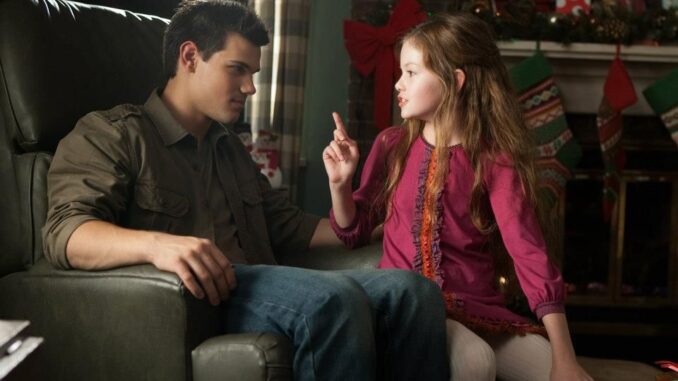
The Unspoken Script: Animating Edward’s Truth in Midnight Sun (d07)
Stephenie Meyer’s Midnight Sun offered a revelatory deep dive into the mind of Edward Cullen, transforming the familiar Twilight narrative into a labyrinth of exquisite torture, ancient wisdom, and overwhelming devotion. What was once Bella’s innocent infatuation became Edward’s maelstrom of self-loathing and incandescent love. But the true genius, and the most fertile ground for animation, lies not just in his thoughts, but in the profound chasm between his internal monologue and the words he ultimately allows himself to speak. An animated adaptation of Midnight Sun, specifically focusing on the moments “When Edward Speaks,” would be a masterclass in demonstrating this duality, making the unseen, unheard truth the very core of the visual experience (d07).
Imagine a scene, early in the story, when Edward first encounters Bella. From Bella’s perspective, he’s a striking, aloof, and mildly hostile enigma. From Edward’s internal monologue, as presented in Midnight Sun, he’s a roaring beast, fighting every primal urge to consume her, simultaneously repulsed by his own nature and utterly captivated by her unique scent and the inexplicable silence of her mind. When he finally speaks, perhaps his infamous line in biology, “Can’t you just wear a hair tie?”, or his dismissive “Just keep your thoughts to yourself,” the animated sequence would be a breathtaking display of internal-external contrast.
The animation preceding his spoken words could be a kinetic, overwhelming swirl of visual data. His eyes, the “gold-flecked topaz” Bella describes, might flash with a more predatory crimson, a momentary, almost subliminal flicker. Around his head, or reflected in his vision, could be a spectral overlay of the thoughts he’s intercepting from every other student – a cacophony of adolescent worries and desires, all of which fade into a profound, unsettling void when he looks at Bella. We’d see his internal struggle visualized: a spectral image of himself as a snarling predator, his hands clenching involuntarily, a subtle tremor running through him that is entirely invisible to Bella but vibrantly apparent to the audience. The sound design would be crucial here, a crescendo of distorted whispers and frantic heartbeats, only to be abruptly silenced as he chooses his measured words.
Then, when Edward speaks, the animation would shift. His voice, described as a “velvet tone” or “low, melodic,” would be accompanied by a facade of calm. His expression would be carefully schooled, perhaps a hint of a frown, or a detached curiosity. But the animation could still subtly betray his inner turmoil. Perhaps a fleeting shadow would cross his perfect features, or the gold flecks in his eyes would pulse ever so slightly with a barely contained intensity. As he utters a seemingly innocuous phrase, the audience would be privy to the roaring internal monologue behind that phrase – a torrent of self-recrimination, desperate calculations, and the terrifying pull of her blood. The spoken words, in this animated interpretation, would become not just dialogue, but carefully constructed shields, each syllable a deliberate choice to conceal the dangerous, beautiful truth raging within him.
Consider a later moment, when Edward first saves Bella from the van, demonstrating his impossible strength. To Bella, it’s a blur, an act of inexplicable heroism. In Midnight Sun, Edward’s thoughts are a frantic, agonizing race against time, a desperate calculus of physics and velocity, culminating in a raw, instinctual act of protection. When he later speaks to her, trying to deny what she saw, “I just got a good adrenaline rush,” or “It was an optical illusion,” the animation would be particularly potent. We would see not just his calm, convincing lie, but the internal replay of the event from his perspective – the crushing weight of the van, the precision of his movements, the primal fear of losing her. His spoken words would hang in the air, a fragile veil over the monumental truth that the animation has already laid bare for the viewer.
Ultimately, an animated Midnight Sun focused on “When Edward Speaks” (d07) wouldn’t just be an adaptation; it would be an amplification. It would transform the subtle internal cues of the novel into a dynamic, multi-layered visual and auditory experience. Every word Edward utters would be a performance, a deliberate choice forged in the crucible of his intense, ancient mind. The animation would illustrate the true narrative – not just what he says, but why he says it, and the breathtaking, often terrifying, truth he desperately tries to keep hidden beneath the surface of his perfectly chosen words. It would be a story told in the magnificent, tragic space between thought and speech, revealing the vibrant, tortured heart of Edward Cullen.
